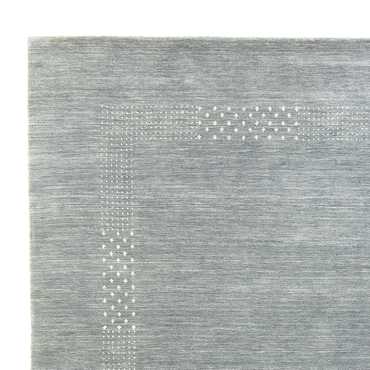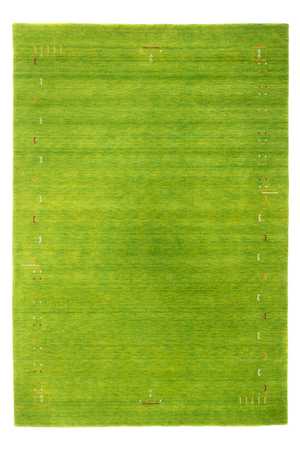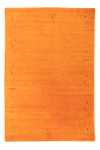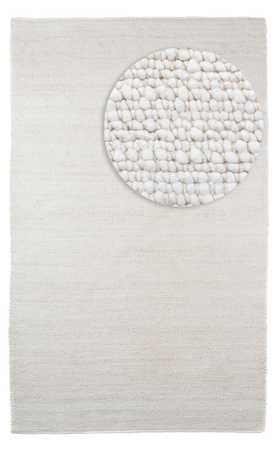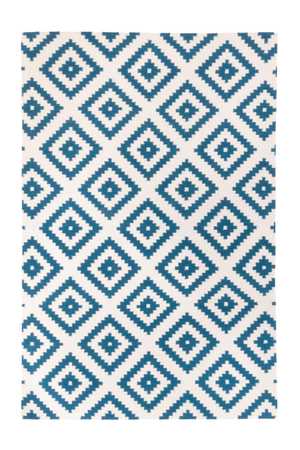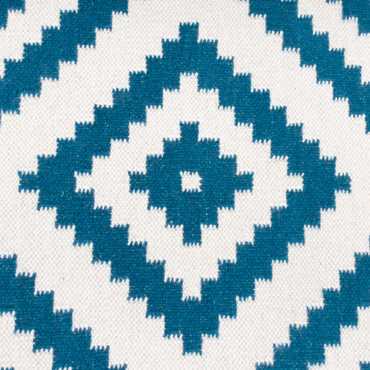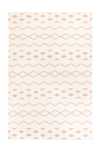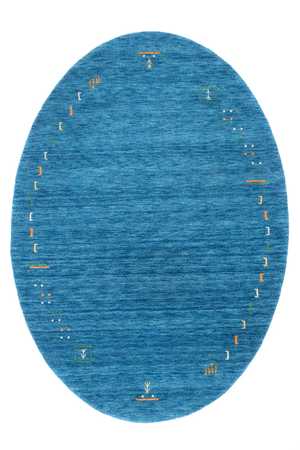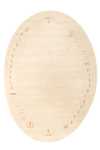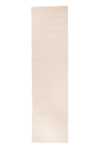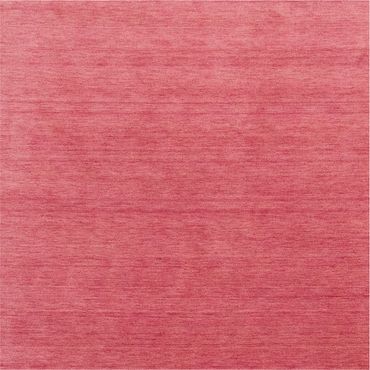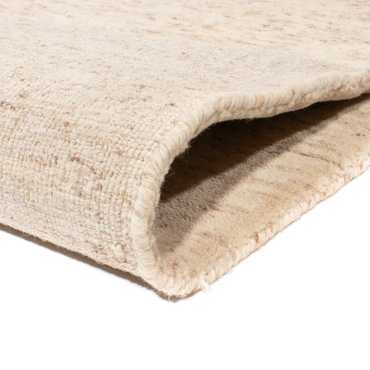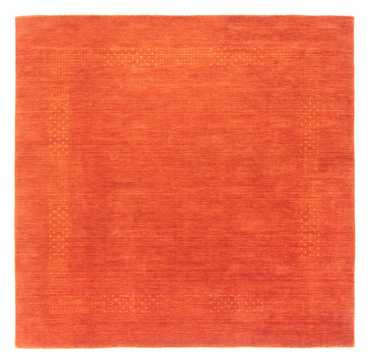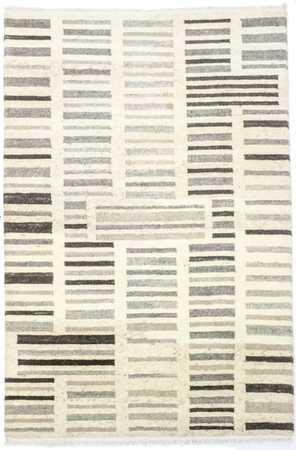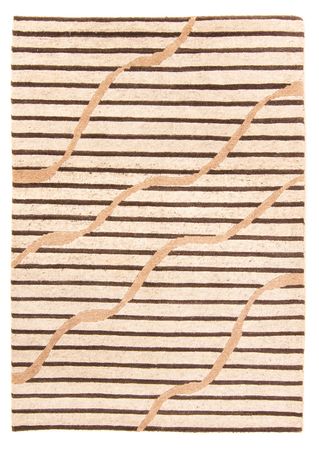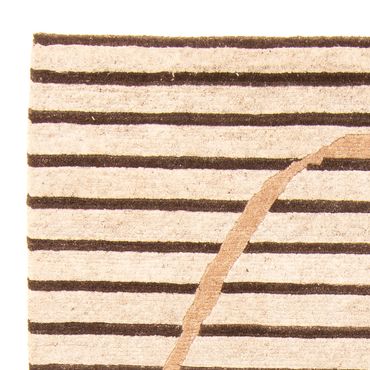- Gabbeh Rug - Softy - Erased - Uni - rectanglefrom 44 £
85 £ - Gabbeh Rug - Softy - Erased - Uni - rectanglefrom 44 £
81 £ - Gabbeh Rug - Softy - Erased - Uni - rectanglefrom 47 £
88 £ - Gabbeh Rug - Softy - Erased - Uni - rectanglefrom 44 £
84 £ - Gabbeh Rug - Softy - Erased - Uni - rectanglefrom 44 £
82 £
- Gabbeh Rug - Loribaft Perser - Nova - rectanglefrom 120 £
238 £ - Gabbeh Rug - Loribaft Perser - Nova - rectanglefrom 120 £
231 £ - Gabbeh Rug - Loribaft Perser - Nova - rectanglefrom 136 £
250 £ - Gabbeh Rug - Loribaft Perser - Nova - rectanglefrom 120 £
229 £ - Gabbeh Rug - Loribaft Perser - Nova - rectanglefrom 120 £
232 £
-
- Kelim Rug - Trendy - Dream - rectanglefrom 63 £
120 £ - Kelim Rug - Trendy - Dream - rectanglefrom 63 £
122 £ - Kelim Rug - Trendy - Dream - rectanglefrom 63 £
120 £
![Light Blue]()
![Grey]()
![Silver]()
-
- Gabbeh Rug - Indus - Fenth - rectanglefrom 57 £
113 £ - Gabbeh Rug - Indus - Fenth - rectanglefrom 57 £
113 £ - Gabbeh Rug - Indus - Fenth - rectanglefrom 57 £
114 £ - Gabbeh Rug - Indus - Fenth - rectanglefrom 57 £
112 £ - Gabbeh Rug - Indus - Fenth - rectanglefrom 57 £
112 £
-
- Sisal Rug - Cosmo - rectanglefrom 59 £
-
- Indoor/Outdoor Rug - Alef - rectanglefrom 66 £
123 £ - Indoor/Outdoor Rug - Alef - rectanglefrom 66 £
127 £ - Indoor/Outdoor Rug - Alef - rectanglefrom 66 £
125 £ - Indoor/Outdoor Rug - Alef - rectanglefrom 66 £
130 £
![Yellow]()
![Blue]()
![Turquoise]()
![Pink]()
-
- Kelim Rug - Trendy - Toska - rectanglefrom 81 £
149 £ - Kelim Rug - Trendy - Toska - rectanglefrom 81 £
159 £ - Kelim Rug - Trendy - Toska - rectanglefrom 81 £
153 £ - Kelim Rug - Trendy - Toska - rectanglefrom 81 £
159 £ - Kelim Rug - Trendy - Toska - rectanglefrom 81 £
159 £
-
- Kelim Rug - Trendy - Masal - rectanglefrom 62 £
116 £ - Kelim Rug - Trendy - Masal - rectanglefrom 62 £
120 £ - Kelim Rug - Trendy - Masal - rectanglefrom 62 £
113 £
![Turquoise]()
![Grey]()
![Black]()
-
- Kelim Rug - Trendy - Miami - rectanglefrom 62 £
113 £ - Kelim Rug - Trendy - Miami - rectanglefrom 62 £
113 £ - Kelim Rug - Trendy - Miami - rectanglefrom 62 £
123 £
![Brown]()
![White]()
![Silver]()
-
- Gabbeh Rug - Indus - Fenthfrom 340 £
613 £ - Gabbeh Rug - Indus - Fenthfrom 340 £
637 £ - Gabbeh Rug - Indus - Fenthfrom 340 £
656 £ - Gabbeh Rug - Indus - Fenthfrom 340 £
639 £ - Gabbeh Rug - Indus - Fenthfrom 340 £
651 £
-
- Gabbeh Rug - Softy - Uni - runnerfrom 139 £
272 £ - Gabbeh Rug - Softy - Uni - runnerfrom 139 £
252 £ - Gabbeh Rug - Softy - Uni - runnerfrom 139 £
254 £ - Gabbeh Rug - Softy - Uni - runnerfrom 139 £
265 £
-
- Gabbeh Rug - Softy - Erased - Uni - rectanglefrom 4 £
9 £ - Gabbeh Rug - Softy - Erased - Uni - rectanglefrom 4 £
9 £ - Gabbeh Rug - Softy - Erased - Uni - rectanglefrom 4 £
9 £
-
- Gabbeh Rug - Indus - Tella - runnerfrom 224 £
- Gabbeh Rug - Indus - Tella - runnerfrom 224 £
- Gabbeh Rug - Indus - Tella - runnerfrom 224 £
![Gold]()
![Grey]()
![Rust]()
-
- Nepal Rug -
202 x 140381 £911 £
-
- Nepal Rug - Sabaro - runnerfrom 462 £
844 £
-
- Gabbeh Rug - Softy - Theo - greyfrom 69 £
131 £ - Gabbeh Rug - Softy - Theo - greyfrom 69 £
134 £
![Brown]()
![Grey]()
-
- Gabbeh Rug - Loribaft Perser - Nova - squarefrom 449 £
- Gabbeh Rug - Loribaft Perser - Nova - squarefrom 449 £
- Gabbeh Rug - Loribaft Perser - Nova - squarefrom 465 £
- Gabbeh Rug - Loribaft Perser - Nova - squarefrom 449 £
- Gabbeh Rug - Loribaft Perser - Nova - squarefrom 449 £
-
- Nepal Rug -
205 x 142311 £775 £
-
- Kelim Rug - Trendy - Alaya - rectanglefrom 100 £
187 £ - Kelim Rug - Trendy - Alaya - rectanglefrom 100 £
199 £ - Kelim Rug - Trendy - Alaya - rectanglefrom 100 £
197 £ - Kelim Rug - Trendy - Alaya - rectanglefrom 115 £
222 £ - Kelim Rug - Trendy - Alaya - rectanglefrom 100 £
192 £
![Silver]()
![Beige]()
![Purple]()
![Orange]()
![Red]()
-
- Runner High-Pile Rug -
188 x 10196 £220 £
-
- Nepal Rug -
202 x 141251 £621 £
-
- Gabbeh Rug - Indus - Tella - rectanglefrom 92 £
179 £ - Gabbeh Rug - Indus - Tella - rectanglefrom 92 £
181 £ - Gabbeh Rug - Indus - Tella - rectanglefrom 92 £
176 £
![Grey]()
![Gold]()
![Rust]()
-
- Nepal Rug -
198 x 144367 £860 £
-
- Berber Rug -
200 x 147559 £
-
- Berber Rug - Sara - runnerfrom 242 £
478 £
-
- Indoor/Outdoor Rug - Heaven - rectanglefrom 59 £
111 £ - Indoor/Outdoor Rug - Heaven - rectanglefrom 59 £
109 £ - Indoor/Outdoor Rug - Heaven - rectanglefrom 59 £
117 £
![Grey]()
![Blue]()
![Brown]()
-
- Wool Rug -
243 x 156243 £587 £
-
- Gabbeh Rug - Indus - Flowy - runnerfrom 229 £
430 £ - Gabbeh Rug - Indus - Flowy - runnerfrom 229 £
439 £ - Gabbeh Rug - Indus - Flowy - runnerfrom 229 £
418 £ - Gabbeh Rug - Indus - Flowy - runnerfrom 229 £
446 £
![Green]()
![White]()
![Blue]()
![Red]()
-
- Vintage Rug -
300 x 2521,795 £
-
Scandinavian Rugs: A Timeless Blend of Tradition and Modern Design
Scandinavian rugs are known for their timeless beauty and exquisite craftsmanship. With a rich history and a distinct design aesthetic, these rugs have become highly sought after by interior design enthusiasts worldwide. In this article, we will explore the captivating world of Scandinavian rugs, from their origins to their influence on modern design trends.
What are Scandinavian rugs?
Scandinavian rugs are characterized by their simplicity, minimalism, and functional design. They are often made using natural materials such as wool, cotton, and linen, which contribute to their durability and timeless appeal. These rugs are renowned for their ability to create a warm and inviting atmosphere in any space.
History of Scandinavian rugs
The history of Scandinavian rugs can be traced back to the Viking era, where wool was spun and woven into textiles for both practical and decorative purposes. Over the centuries, the craft of rug weaving evolved, with each region developing its own distinct style and techniques. Traditional Scandinavian rugs were often made by hand using a vertical loom, and their designs were influenced by the natural surroundings and cultural heritage of the artisans.
Characteristics of Scandinavian rugs
Scandinavian rugs are known for their characteristic features, which set them apart from other rug styles. They typically feature geometric patterns, clean lines, and a harmonious color palette. The use of negative space in the designs adds to the overall aesthetic appeal, creating a sense of balance and tranquility.
Materials used in Scandinavian rugs
Scandinavian rugs are crafted using high-quality natural materials, which contribute to their durability and longevity. Wool is the most commonly used material due to its softness, insulation properties, and ability to retain color. Cotton and linen are also utilized for their strength and smooth texture.
Traditional Scandinavian rug patterns and designs
Traditional Scandinavian rug designs are deeply rooted in the region's folklore, nature, and mythology. Some common motifs include Nordic symbols, flora and fauna, and abstract geometric shapes. The intricate patterns tell stories and reflect the cultural heritage of the communities that produce them.
Modern interpretations of Scandinavian rugs
While traditional designs continue to inspire contemporary Scandinavian rug makers, modern interpretations have also emerged. These rugs often feature bolder colors, innovative patterns, and experimentation with materials. The fusion of traditional and modern elements has led to a vibrant and diverse range of rugs that appeal to a wider audience.
The popularity of Scandinavian rugs
In recent years, Scandinavian rugs have gained immense popularity in the interior design world. Their minimalist aesthetic and timeless appeal make them versatile pieces that can complement various design styles. The demand for Scandinavian rugs has skyrocketed as people seek to create cozy and inviting spaces in their homes.
How to incorporate Scandinavian rugs into your home decor
Incorporating Scandinavian rugs into your home decor is an excellent way to add warmth and texture to any space. Place a Scandinavian rug in the living room to create a cozy seating area or use it as a focal point in the bedroom. The neutral color palettes of these rugs make them easy to integrate into existing interior schemes.
Care and maintenance of Scandinavian rugs
To keep your Scandinavian rug looking its best, regular maintenance is essential. Vacuum the rug regularly to remove dust and debris, and promptly attend to any spills or stains. Avoid placing the rug in direct sunlight to prevent fading, and periodically rotate it to ensure even wear.
The cultural significance of Scandinavian rugs
Scandinavian rugs hold cultural significance as they embody the heritage and traditions of the Nordic people. These rugs often feature motifs and symbols that have been passed down through generations, preserving the stories and customs of the region. They are cherished as valuable pieces of art that represent a connection to the past.
The future of Scandinavian rug design
As the world of design continues to evolve, so too does the realm of Scandinavian rug design. Contemporary rug makers are pushing boundaries by experimenting with new materials, colors, and patterns while staying true to the essence of Scandinavian design. The future holds exciting possibilities for the continued evolution and innovation of these rugs.
Embracing Hygge
Hygge (pronounced "hoo-gah") is a Danish concept that embodies coziness, comfort, and a sense of well-being. Scandinavian rugs are an essential component of creating a hygge-inspired space. Combine your rug with soft, plush cushions, warm lighting, and natural materials to cultivate a warm and inviting atmosphere where you can relax and unwind.
Conclusion
Scandinavian rugs bring a touch of elegance and simplicity to any home décor. Their minimalistic designs, use of natural materials, exceptional craftsmanship, and versatility make them a popular choice among homeowners and interior designers. By understanding the unique characteristics and design elements of Scandinavian rugs, you can create a warm and inviting living space that embodies the timeless allure of Scandinavian design. So, embrace the beauty of Scandinavian rugs and let them transform your home into a haven of style and comfort.
FAQs About Scandinavian Rugs
Q: What makes Scandinavian rugs unique?
Scandinavian rugs are unique due to their minimalistic designs, use of natural materials, exceptional craftsmanship, and versatile nature. These rugs effortlessly blend elegance and simplicity, making them suitable for various interior styles.
Q: Can I use a Scandinavian rug in a small space?
Absolutely! Scandinavian rugs are versatile and work well in small spaces. Opt for a smaller-sized rug to avoid overwhelming the room and create a cozy, intimate atmosphere.
Q: How do I clean and maintain my Scandinavian rug?
Regular vacuuming and spot cleaning are usually sufficient to maintain the beauty of your Scandinavian rug. It's also advisable to rotate the rug occasionally to ensure even wear. If necessary, consult a professional rug cleaner for deep cleaning.
Q: Are Scandinavian rugs suitable for high-traffic areas?
Yes, Scandinavian rugs are known for their durability and can withstand moderate to high foot traffic. However, it's advisable to place a rug pad underneath to provide additional cushioning and prevent slipping.
Q: Can I use a Scandinavian rug outdoors?
While Scandinavian rugs are primarily designed for indoor use, certain outdoor spaces, such as covered patios or screened-in porches, can benefit from their elegant and timeless appeal. However, ensure that the rug is adequately protected from the elements to prolong its lifespan.












